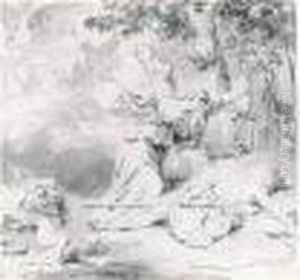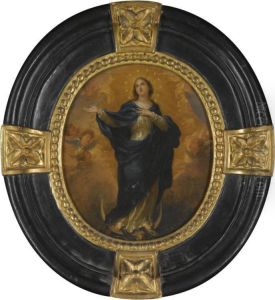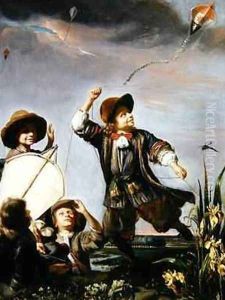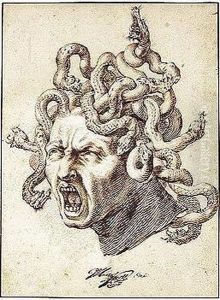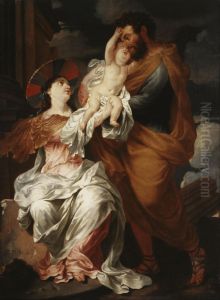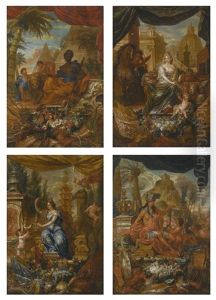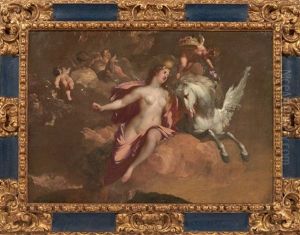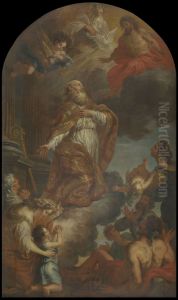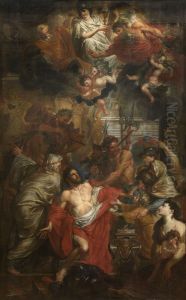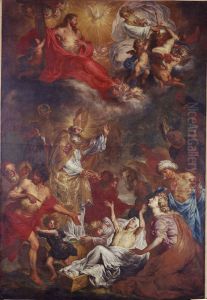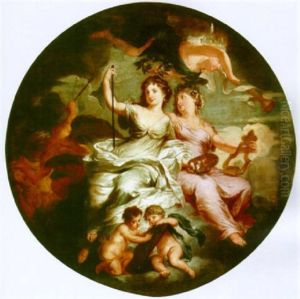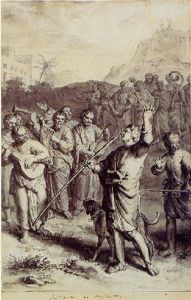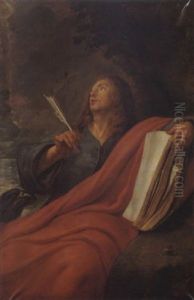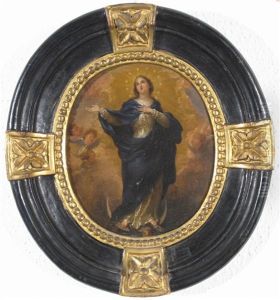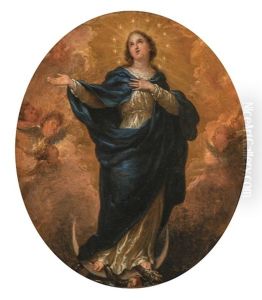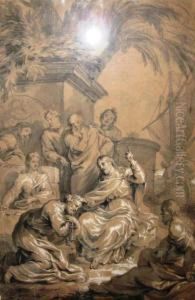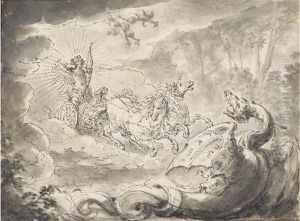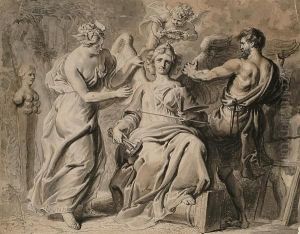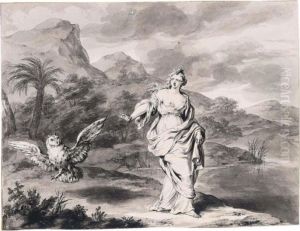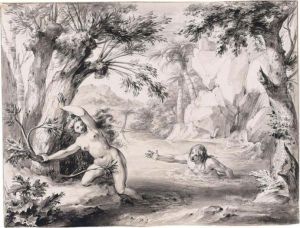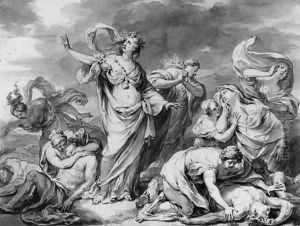Godfried Maes Paintings
Godfried Maes was a Flemish painter and draughtsman born on January 6, 1649, in Antwerp, Belgium. He was known for his contributions to Baroque art, a style characterized by dramatic expression, rich color, and bold contrast. Maes was part of a prominent artistic family; his father, Bartholomeus Maes, was also a painter, which provided him with an environment rich in artistic influence from a young age.
Maes received his early training from his father before enrolling in the Antwerp Guild of St. Luke in 1664 as a pupil of Erasmus Quellinus II, a leading Flemish painter of the time. Under Quellinus, Maes honed his skills in painting historical and mythological scenes, which would become a hallmark of his career. His work was influenced by the grandeur of Peter Paul Rubens and the elegance of Anthony van Dyck, both towering figures in Flemish art.
Throughout his career, Godfried Maes demonstrated versatility across various genres, including history painting, portraiture, and allegorical scenes. However, he is perhaps best known for his allegorical works and ceiling paintings, which were highly prized by his contemporaries for their imaginative composition and skillful execution. His ability to imbue classical subjects with a sense of dynamism and narrative depth set him apart from his peers.
Maes was not only active in Antwerp but also worked in other cities in the Southern Netherlands. His talent earned him commissions from religious institutions and the nobility, for whom he created both public and private artworks. Despite his success, detailed records of his life and works are somewhat scarce, and many of his pieces remain unattributed or have been lost over time.
In addition to painting, Maes was a proficient draughtsman, and his drawings are considered significant contributions to Flemish art. They reveal his keen observation and mastery of form, contributing valuable insights into the practices and aesthetics of the Baroque period.
Godfried Maes passed away on May 30, 1700, in Antwerp. His legacy lives on through his contributions to the Baroque movement and the influence he had on subsequent generations of artists. Although not as widely recognized as some of his contemporaries, Maes's work continues to be appreciated for its beauty, technical skill, and historical value.
